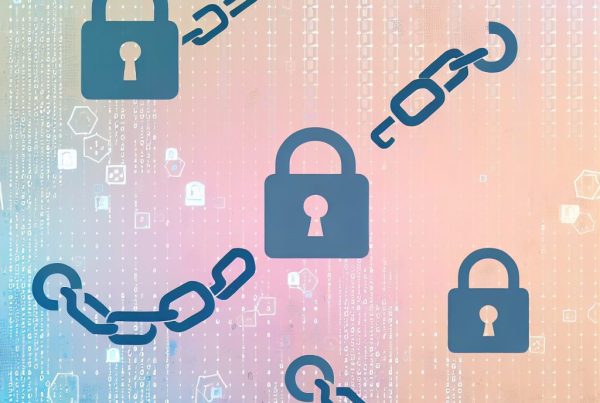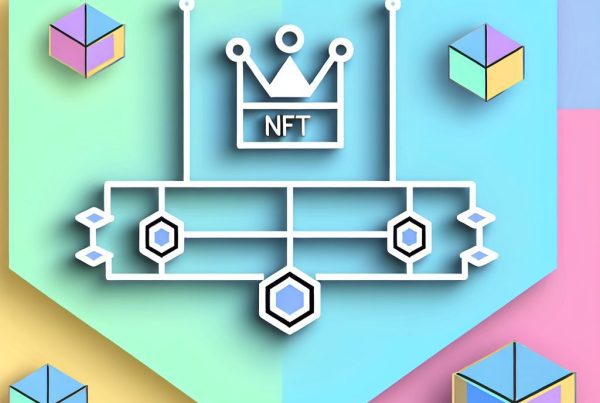What Is a Flash Loan Attack?
The cryptocurrency landscape has witnessed a surge in innovative financial products, one of which is the flash loan. While these loans offer unique opportunities for arbitrage and liquidity, they also present significant risks, particularly in the form of flash loan attacks. Understanding what a flash loan attack is, how it works, and its implications is crucial for anyone involved in the crypto space.
Understanding Flash Loans
Flash loans are a type of uncollateralized loan that allows users to borrow any amount of cryptocurrency without providing collateral, as long as the loan is repaid within the same transaction block. This innovative financial instrument is primarily available on decentralized finance (DeFi) platforms like Aave, dYdX, and Uniswap.
Here’s how flash loans work:
- Instant Borrowing: Users can borrow large sums of cryptocurrency instantly.
- Single Transaction: The loan must be repaid within the same transaction, ensuring that the lender is not exposed to risk.
- No Collateral Required: Unlike traditional loans, flash loans do not require collateral, making them accessible to anyone with a smart contract.
Flash loans have become popular for various purposes, including arbitrage trading, collateral swapping, and liquidity provision. However, their unregulated nature has also made them a target for malicious actors.
What Is a Flash Loan Attack?
A flash loan attack is a type of exploit that takes advantage of the mechanics of flash loans to manipulate the market or exploit vulnerabilities in smart contracts. Attackers can borrow large amounts of cryptocurrency without collateral, execute a series of transactions, and then repay the loan, all within a single transaction block.
These attacks typically involve the following steps:

- Borrowing Funds: The attacker takes out a flash loan from a DeFi platform.
- Executing Transactions: The attacker uses the borrowed funds to manipulate the price of an asset or exploit a vulnerability in a smart contract.
- Repaying the Loan: The attacker repays the flash loan within the same transaction, often profiting from the exploit.
How Flash Loan Attacks Work
To grasp the mechanics of flash loan attacks, it’s essential to understand the underlying principles of DeFi and smart contracts. Here’s a breakdown of how these attacks typically unfold:
1. Identifying Vulnerabilities
Attackers often begin by scanning DeFi protocols for vulnerabilities. Common targets include:
- Price Oracles: Many DeFi platforms rely on price oracles to determine asset values. If an attacker can manipulate these oracles, they can create significant price discrepancies.
- Smart Contract Bugs: Flaws in smart contracts can be exploited to drain funds or manipulate token balances.
2. Executing the Attack
Once a vulnerability is identified, the attacker executes the attack using a flash loan. For example, they might:
- Borrow a large amount of cryptocurrency.
- Manipulate the price of an asset by executing trades on decentralized exchanges.
- Use the manipulated price to exploit a smart contract, such as liquidating a position or draining funds.
3. Profiting from the Attack
After successfully executing the attack, the attacker repays the flash loan, often leaving the targeted protocol with significant losses. The entire process occurs within a single transaction, making it difficult to trace and prevent.
Real-World Flash Loan Attacks
Several high-profile flash loan attacks have occurred in the cryptocurrency space, highlighting the risks associated with DeFi protocols. Here are a few notable examples:
1. The bZx Attack
In February 2020, the bZx protocol suffered a flash loan attack that resulted in a loss of approximately $1 million. The attacker borrowed funds from the dYdX platform, manipulated the price of Wrapped Bitcoin (WBTC), and exploited a vulnerability in the bZx smart contract to profit from the price discrepancy.
2. The Harvest Finance Attack
In October 2020, Harvest Finance experienced a flash loan attack that led to a loss of around $24 million. The attacker used a flash loan to manipulate the price of stablecoins on Curve Finance, allowing them to drain liquidity from Harvest Finance’s vaults.
3. The PancakeBunny Attack
In May 2021, PancakeBunny, a yield farming protocol on Binance Smart Chain, was attacked via a flash loan. The attacker borrowed a significant amount of BNB, manipulated the price of Bunny tokens, and drained approximately $45 million from the protocol.
Preventing Flash Loan Attacks
While flash loan attacks pose significant risks, there are several strategies that DeFi protocols can implement to mitigate these threats:
- Improved Price Oracles: Utilizing decentralized and tamper-proof price oracles can help prevent price manipulation.
- Smart Contract Audits: Regular audits of smart contracts can identify vulnerabilities before they are exploited.
- Transaction Limits: Implementing limits on the amount that can be borrowed in a single transaction can reduce the potential impact of an attack.
- Monitoring and Alerts: Continuous monitoring of transactions and alerts for unusual activity can help detect and respond to attacks in real-time.
FAQs About Flash Loan Attacks
What is the primary purpose of a flash loan?
The primary purpose of a flash loan is to allow users to borrow large amounts of cryptocurrency without collateral for a very short period, typically to take advantage of arbitrage opportunities or liquidity needs.
Are flash loans legal?
Yes, flash loans are legal and are a legitimate financial product within the DeFi ecosystem. However, their misuse for malicious activities, such as flash loan attacks, is illegal and unethical.
How can I protect my assets from flash loan attacks?
To protect your assets, consider using protocols with robust security measures, such as regular audits, decentralized price oracles, and transaction limits. Additionally, stay informed about the latest security practices in the DeFi space.
Can flash loan attacks be prevented entirely?
While it may not be possible to prevent flash loan attacks entirely, implementing security measures and best practices can significantly reduce the risk and impact of such attacks.
Conclusion
Flash loan attacks represent a significant threat to the DeFi ecosystem, exploiting the unique characteristics of flash loans to manipulate markets and drain funds. Understanding how these attacks work and the vulnerabilities they exploit is essential for both developers and users in the cryptocurrency space.
As the DeFi landscape continues to evolve, it is crucial for protocols to adopt robust security measures and for users to remain vigilant. By staying informed and proactive, the risks associated with flash loan attacks can be mitigated, allowing the benefits of DeFi to flourish.
For the latest updates on cryptocurrency news and price tracking, visit Bitrabo. Follow me on social media for more insights: X, Instagram, Threads.
Disclaimer: This article is for informational purposes only and does not constitute financial advice. Always conduct your own research before making investment decisions.
The Crypto Watchlist of the Week 🔎
Subscribe to receive expert-curated projects with real potential—plus trends, risks, and insights that matter. Get handpicked crypto projects, deep analysis & market updates delivered to you.


